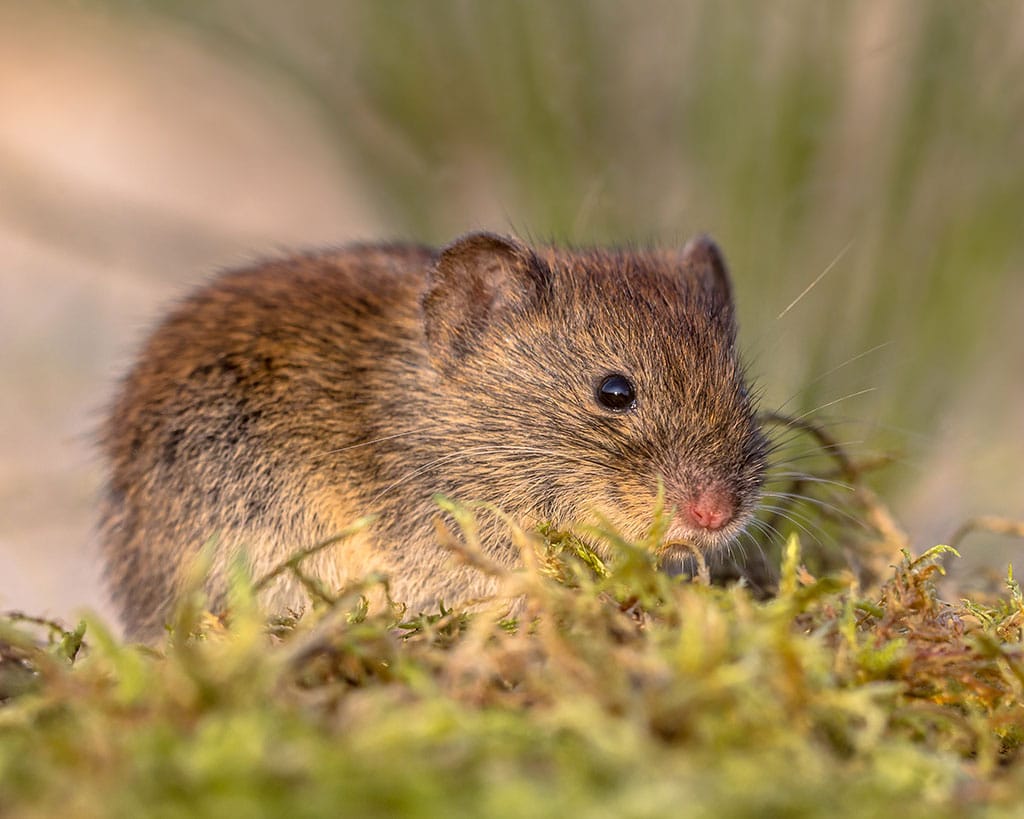Moles and Voles
How do I know if I have a mole or a vole?
Problems with moles occur mostly around outlying areas where fields and pastures are near home lawns. Moles may make their residence in home lawns, but are usually there making burrows while searching for food. Moles live alone, but a single mole can create an extensive network of burrows. Mole populations rarely exceed a density of 3 per acre but their tunnels may inter-connect. Mounds and surface tunnels interfere with mowing, and mole activity may kill grass by disturbing the roots, although roots are seldom eaten. Turfgrass will usually re-root when tunnels are pressed back down and adequate moisture is available.
Preferred foods of moles are insect grubs, earthworms, and various adult insects. Grubs make up only a portion of a mole’s diet. During hot, dry periods, moles will often move into irrigated lawns just because of the moisture which makes travel easier and food sources more populous. Moles are often present in grub-free lawns. By eliminating all soil insects with repeated insecticide applications, moles may be forced to move away, but usually before they do, moles will increase their activity in search of feed and do more intensive damage for several days. The use of insect reduction as a means of mole control is not beneficial.




Trapping is the most effective and practical way to control moles. Normally only one or two need to be caught to eliminate problems. Spring loaded spike traps or choker traps are safe and effective. Traps should be set in surface burrows which are being used frequently. To. find active burrow’s, look for fresh sign and a burrow that either runs in a straight line, connects two mounds, or follows concrete. If unsure about an active runway, flatten a small section of burrow with your foot and check the following day to see if the burrow has been repaired. If so, set your trap there. Monitor traps daily and move them every few days if nothing is caught.
Toxic baits are unsafe and ineffective since moles will not eat anything other than insects and your pets and other small animals may get into the bait. Other remedies such as caster oil products may work, but are unproven, so trapping is the best control.
What is a vole?
Voles are small, mouse-like rodents, known to most people as meadow mice or field mice. They are adorable creatures, with large dark eyes, chunky little bodies and velvety-soft fur. We have three of voles in Nebraska, the meadow vole (Miicrotus pennsylvanicus), prairie vole (M. ocrogaster), and pine vole (M. pinetorum).
What can you do to control mole/vole damage?
All weigh only one to two ounces as adults and measure four to seven inches long, including tail. For the most part they go about living their lives without ever being noticed by humans and they are an important part of our environment. Voles typically inhabit roadside ditches, crop fields, woodlots, and other grassy or weedy sites. They can, however, cause problems with lawns and backyard plantings when they overpopulate an area and turn their attention toward tearing up turf and girdling trees and shrubs.
Voles construct surface runways about 1 to 2 inches wide that consist of closely clipped vegetation (Fig. 10). Small holes in the ground often lead to underground runways nesting and areas. Voles can damage lawns by constructing runways and clipping grass very close to the roots. Though the damage done is usually not permanent, it may detract from the appearance of a well-kept lawn. Voles typically eat leaves, shoots, roots, tubers, and seeds of most grasses and forbs. When food-stressed, especially in winter, voles can cause severe damage to trees and shrubs when they feed on the bark and cause girdling.




Prevention and Control
The likelihood of future damage can be reduced by decreasing the suitability of the habitat for voles. High vole populations cannot become established without food and protection from predators. Tall grass and weeds can be controlled in areas that are adjacent to backyards, cemeteries, and golf courses. Consider installing 1/4-inch mesh hardware cloth cylinders around trees or shrubs you wish to protect. They can be time-consuming and expensive to construct, but once installed they provide your plants long-term protection from voles and rabbits.
Voles can be controlled easily by trapping if only a few are causing problems. Set mouse snap-traps perpendicular to or back-to-back in vole runways and bait them with peanut butter. Rodenticides are more cost-effective in larger areas to reduce high vole populations. Zinc phosphide is registered for vole control and is available in treated-grain bait or pellet formulations. Hand-baiting is the only application method that can be used in urban lawns, ornamental plantings, parks, and golf courses. The bait must be placed by hand directly in the runways or burrow openings. Use caution when baiting voles, to avoid poisoning and other non-target animals. Read pesticide labels carefully and comply with all directions provided.
Call our office if you have any further questions or concerns.
